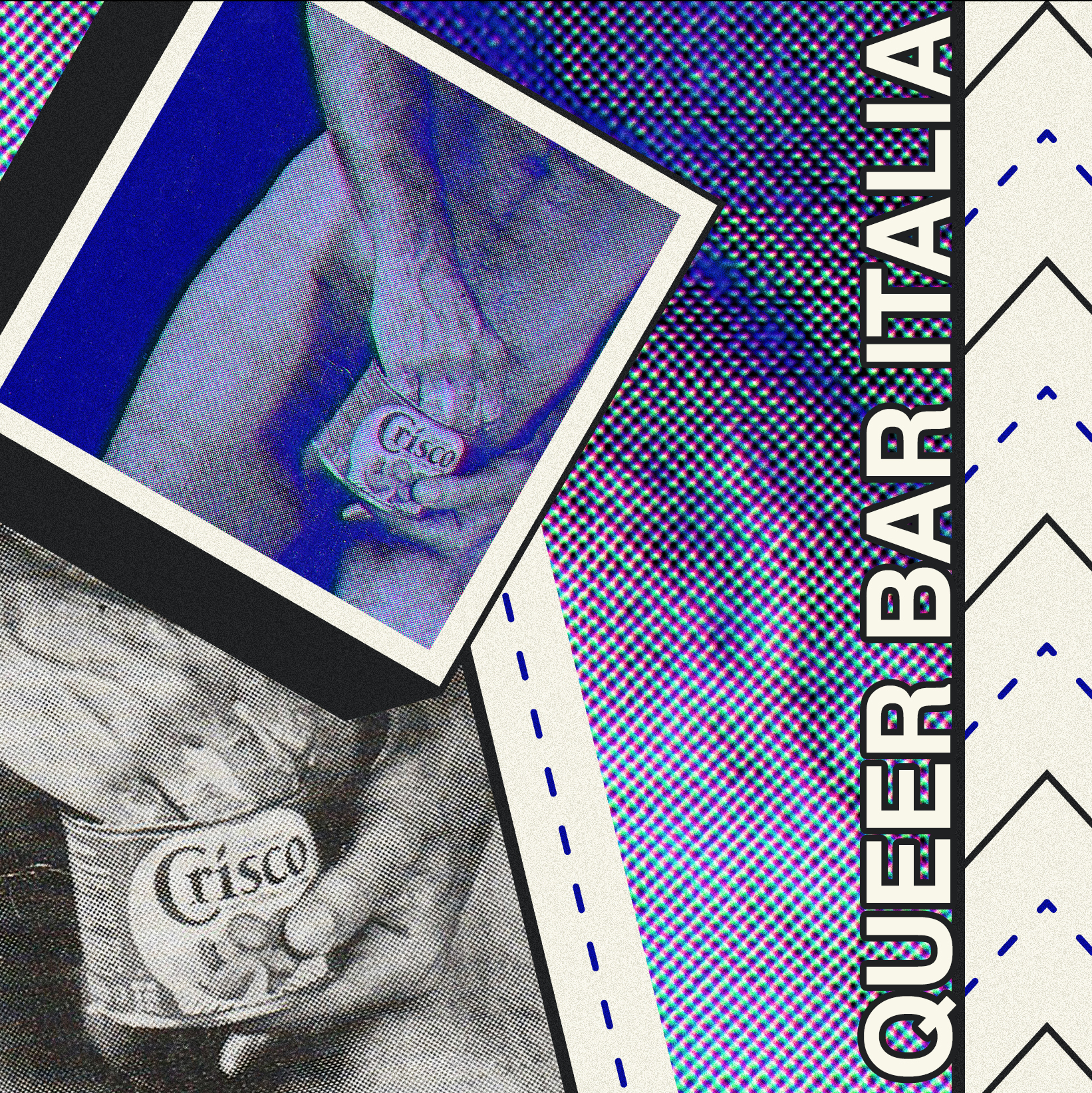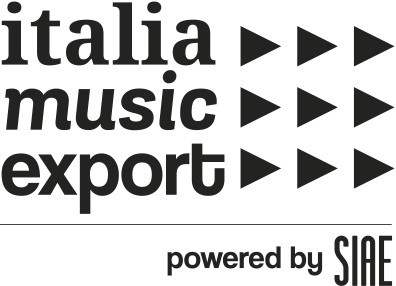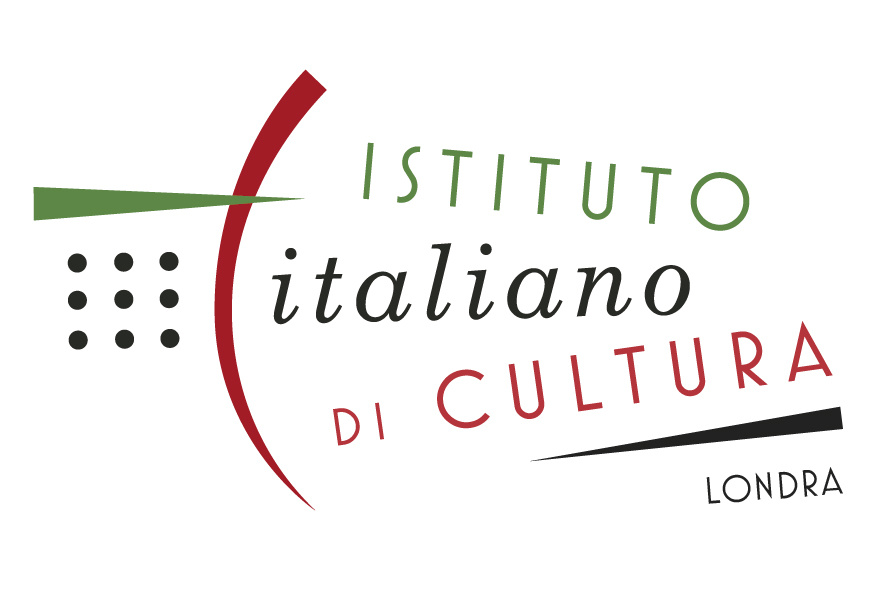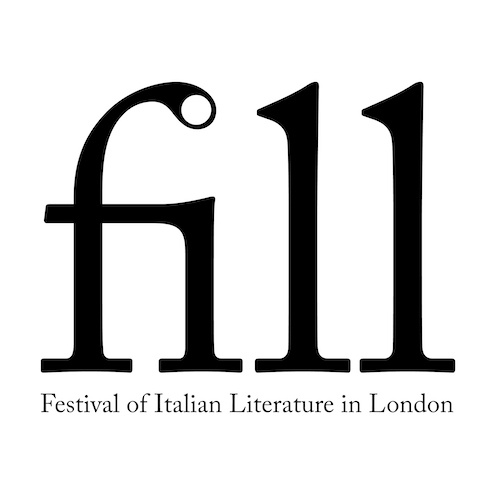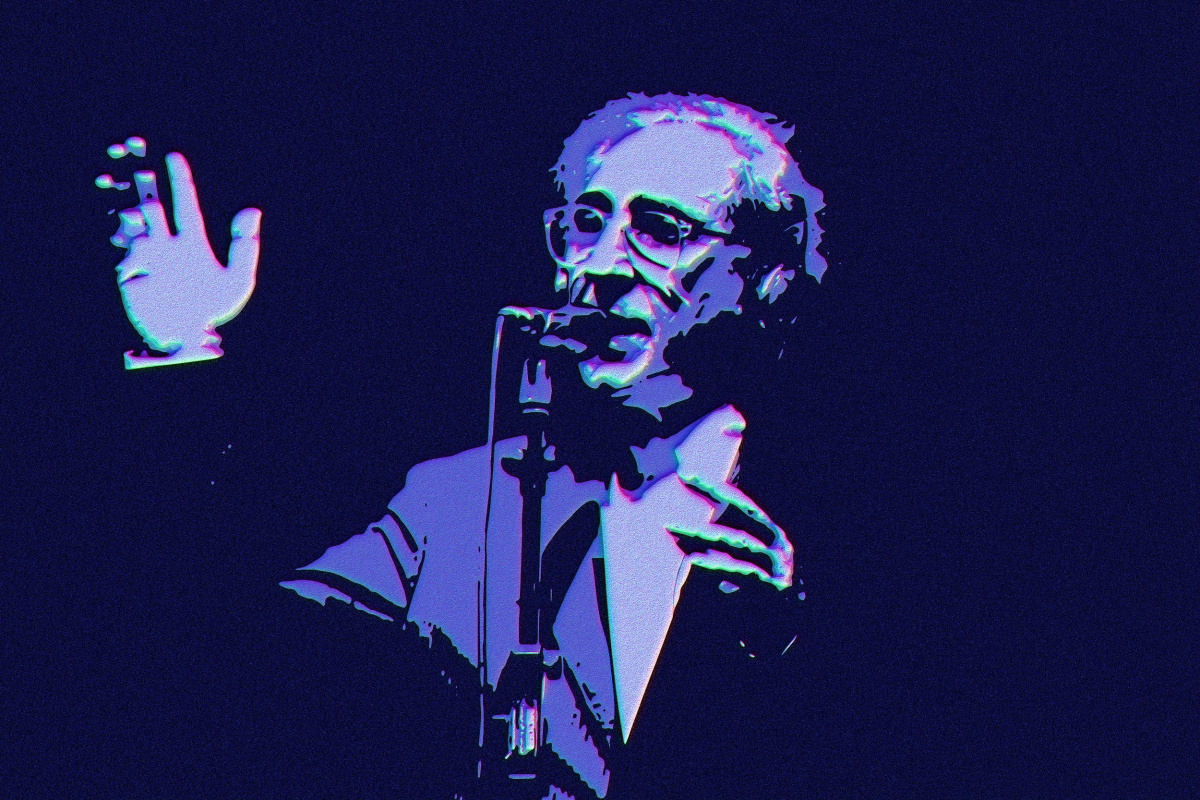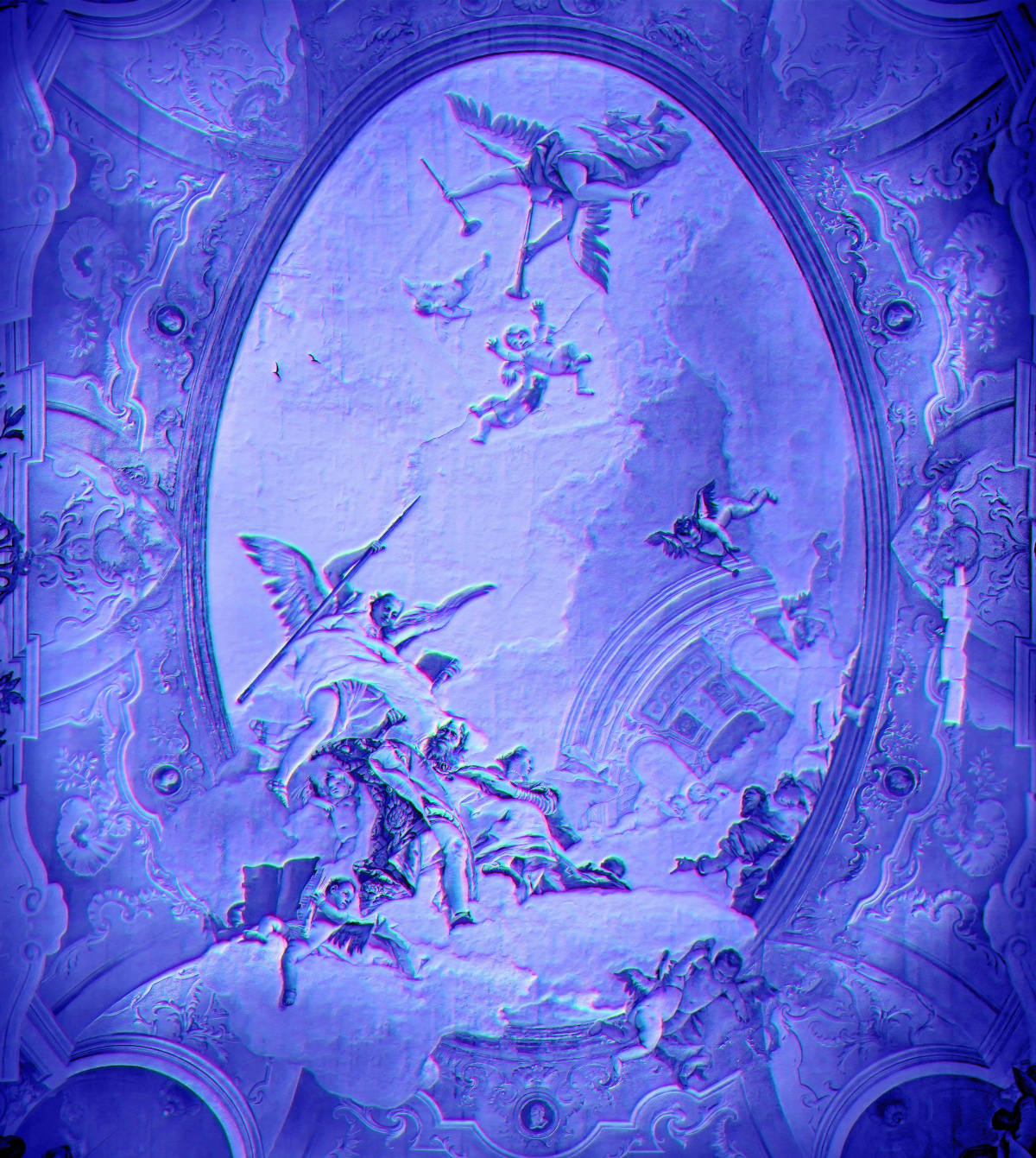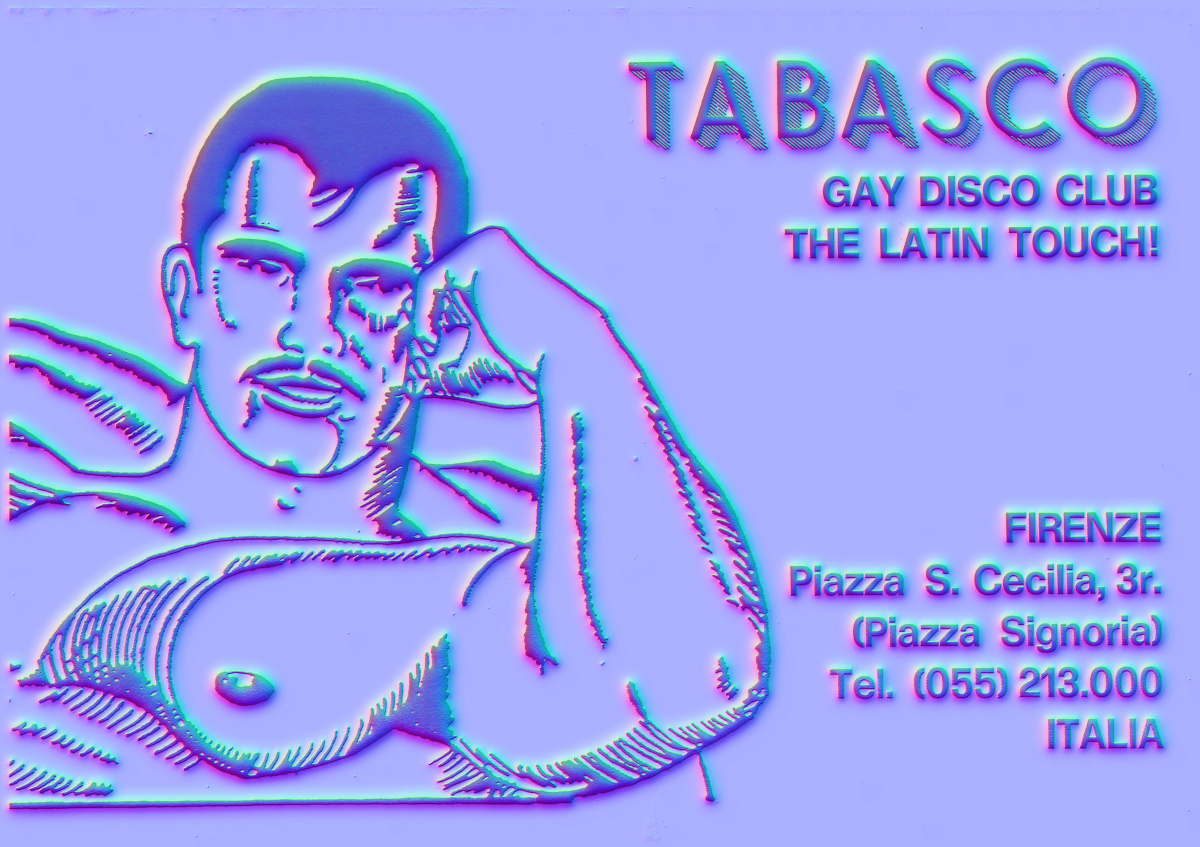
Queer Bar Italia
Curator, journalist, and radio DJ Lorenzo Cibrario and LGBT historian, activist, and author Luca Locati Luciani offer an overview of the vast topic of queer club culture and queer spaces in Italy from the 1950s onward, ahead of the publication of their joint book Queer Bar Italia. As they argue, it is through the intersections of new music styles, dedicated clubs, and unprecedented economic progress that the LGBTQIA+ community found a mental and physical space, free from the social and political pressure of the Italian society of the time.
The Aftermath
At the end of World War II, Italy freed itself from Fascism and Nazism, and a new wave of energy was flowing through it. After twenty years of death and destruction, Italians could finally live a serene life, and queer Italians had the chance to express themselves more openly – although well-hidden due to the Catholic politics of the time.1 Unlike in other European cities, such as Paris, London, and Munich (Pini 2011, Chap. 2), where the very first gay bars opened earlier, Italians had to wait until the first half of the 1970s to experience such venues. The reasons for this are too varied to be discussed in this brief contribution. For the sake of concision it is important to note that unlike in the U.K. and the U.S., in Italy, homosexuality was not punished with prison. Prima facie, Italy was more tolerant and homosexuals were freer to have their own life, albeit secretly and silently (Dall’Orto 1988), but in all reality, the government was repressing any homosexual public activity.
So where and to what did queer people dance in Italy? During the 1950s and 1960s, community get-togethers were mostly happening in city parks, car parks, streets, pissoirs, in some cases brothels, and sometimes the gays would take over straight club venues, which were becoming very popular all over the nation (Pini 2011, Chap. 2). «From the end of the 1950s, Italy engages in a vertiginous race that will change its social body, economic system, and political balance» (Castronovo 2013b, Chap. 1). During the reconstruction of Italy, newer jobs were created and young people were able to afford a better quality of life, working from Monday to Friday and dancing during the weekends. Therefore, a plethora of clubs and bars opened up, places where the working class was able to dance the boogie, hully gully, rock and roll, twist, and other contemporary dances2 introduced by the American influence over local culture.3
My Baby Moves at Midnight
Homosexuality in Italian music was rarely mentioned, often hidden with allusions and hints. Some of the singers, however, were slightly more open to talking about it, such as Umberto Bindi with «Il nostro concerto», Herbert Pagani in his «Albergo a ore», Perry’s (born Gian Pieretti) «Uno strano ragazzo» and «Il vestito rosa del mio amico Piero», Claudio Lolli’s «Michel», and Ghigo & Gli Urlatori’s «Banana frutto di moda», to name a few. Music and dance culture evolved during the 1970s along with the emancipation of the LGBTQIA+ community. The cultural pressure from abroad contributed to the unrelenting shift that transformed Italy, with its socialist background, into a capitalist country.4 The queer influence could be felt most palpably in disco music, definitely the sound of the LGBTQIA+ community both in the U.S. and the Italian peninsula.5
During the second half of the 1970s, taking inspiration from the New York disco scene, DJs became progressively more popular. What music was played in the queer clubs of Italy during that decade? According to Corrado Rizza, famous DJ of Roman nightlife in the 1980s and 1990s, and former regular of the same nightlife in the 1970s: «The main difference between the straight bars and gay club was the groove. Gay clubs were filled with funk, soul, and obviously disco.»6 Paolo Micioni, DJ and frontman of the queer band Easy Going claimed that «[...] the opening in 1978 of [disco club] Easy Going in Rome was a blast! [...] I used to play a lot of Philly Sound».7 Between the end of the 1960s and the early 1980s several clubs opened up in Rome such as Saint James, Mais Much More, and Histeria, providing a complex yet cohesive score for the queer nightlife: A mix of Philly Sound, Krautrock, and local disco anthems, such as «Figli delle stelle» by Alan Sorrenti or Ivan Cattaneo’s «Salve O Divina», «Polisex», and «Coccinelle».
The Sound of Milano
While Rome was grooving with disco and funk, «Milan was the new frontier in terms of sound between the end of the 1970s and early 1980s» says Paolo Rumi, a creative writer and activist based in Milan. «The club called One Way in Milan was famous for its High-NRG sound, but the coolest one was La Nuova Idea, where they were playing what would eventually be called Italo Disco. It was a place like no other, where I remember listening to ‹Una donna per amica› by Lucio Battisti there».8 The sound of Milan was headed towards proto-Italo disco at the end of the 1970s, as well as punk and new wave during the 1980s, with some queer punk acts like Clito and Kandeggina Gang. «One of the first clubs in Italy with a dark room was One Way, a leather club, which opened in 1980», claims Paolo Rumi. The score was provided by Italo Disco acts, such as «My Sister Boy George» by Zygfield, «My Man» by Cruising Gang, «Hey Hey Guy» by Ken Laszlo, and Max Coveri’s «Guy Guy», among many others.
Disco music influenced Italian music so much that in the 1970s and 1980s many musicians produced it, like Mauro Malavasi who was the most prominent artist in the field. His projects Macho, Revanche, Peter Jacques Band, and Change scored the queer nights of the Peninsula. Many female singers produced disco anthems at the time: Nadia Cassini («Passaporto Per La Follia»), Sonia Argento («Supergay»), Donatella Rettore («Splendido splendente»), Viola Valentino («Comprami»), Raffaella Carrà («A far L’amore comincia tu», «Bambina sì, sì», «Luca», among others), Vivien Vee («Give Me a Break»), and Patrizia Pellegrino («Musica spaziale»), just to name a few.
Work Hard, Play Hard
Turin was another important city for the gay culture in Italy, in addition to being the symbol of the 1970s and 1980s Italian industrialization (FIAT was the biggest factory in the country).9 It is in the capital of the Piedmont region that FUORI, the first group fighting for queer rights in Italy, was headquartered. Was there a relationship between clubs and political groups? «At the beginning, the connections were quite bland, especially because the groups were considering clubs as ‹ghetto›, but at the end of the 1970s things changed», says Locati Luciani. «The outcome of this process will be the Disco dance FUORI in Turin»10, a place where young gay activists were able to dance to Italian new wave, disco music as well as international hits. Alfredo Cohen’s «Come barchette dentro un tram» was often played there, as the musician was one of the first activists of FUORI.
Freaks, Punks, and Pushers
For many years, Florence and Bologna raced for the crown of the queerest town in Italy. Florence hosted several important clubs, but for the sake of brevity we are only going to mention Tabasco, Banana Moon, and Crisco, which opened in 1974, 1977 and 1981 respectively. The first one was linked to the fashion industry with cabaret performances and drag queens, whilst Banana Moon was more underground and arty. «Our customers were freaks, people travelling to Ibiza, India, Morocco», recounts Bruno Casini. «The strength of Banana Moon was to mix gays with punk rockers as well as junkies and pushers».11 The music selection spanned from disco to punk rock to arty Italian new wavers, including Franco Battiato and Giusto Pio. Crisco opened in 1981 and was a leather club inspired by the Mineshaft in New York. It was designed to resemble a prison, with cells and a dark room, earning quite quickly the fame of being a macho place.
In the same years, Bologna was rocking with Kinki club, perhaps the most famous queer bar in Italy, owned by Maria Grazia Ronchi and then by Michaela Zanna. The city was an important spot for the LGBTQIA+ movement, thanks to the Collettivo Frocialista, formed in 1977 as part of a broader student movement, and the 1979 Circolo di cultura omosessuale 28 giugno, an extra-parliamentary group fighting for the rights of the LGBTQIA+ community. The 28 giugno group moved to the now-renowned club Cassero in 1982, the same spot where in 1985 Arcigay, the national association of queer rights in Italy, was born. Given both the political importance of Bologna and Cassero itself, the city became a crucial hotspot for the Italian queer club community with a funky soundtrack including Renato Zero with «No mamma no», «Il triangolo», «Onda gay», Loredana Bertè’s «S.E.S.S.O.», and the late Lucio Dalla with «Balla balla ballerina».
- 1. «There were two Italy at the time, which, in a different context, still holds true nowadays: an official one, that of the political bodies, the Church, the police, the magistratura, the media outlets, which considered homosexuality an immoral, depraved, and sinful affair» (Pini 2011, Chap. 1).
- 2. For a concise history of 20th-century Italy I am referring to Gator 2019.
- 3. For the topic of the influence of the U.S. in the Republican Italy, see, among others, Lanaro 1990.
- 4. For the topic see, among others, Agostino Giovagnoli «L’Italia Repubblicana nella crisi degli anni Settanta. Tra guerra fredda e distensione» (Catanzaro: Rubbettino Editore, 2003).
- 5. For an overview of the relationship between early disco music and the LGBTQIA+ in the U.S., see Lawrence 2004.
- 6. Corrado Rizza, Skype call to author, October 30, 2020.
- 7. Paolo Micioni, interviewed by Luca Locati Luciani in Luciani 2013, Chap. 6.
- 8. Paolo Rumi, phone call to author, November 6, 2020.
- 9. For the development of industrialization in Italy, and the role of FIAT within it, see Castronovo 2013a.
- 10. Locati Luciani, phone call on 20 September 2020.
- 11. Interview with Bruno Casini, resident DJ at Banana Moon. In Luciani 2013, Chap. 5.
List of References
Biography
Biography
Shop

Published on April 22, 2021
Last updated on April 09, 2024
Topics
Why New Yorks’ underground doesn’t give a fuck about Trump or why satirical rap in Pakistan can be life threatening.
From Muslim taqwacore to how the rave scene in Athens counters the financial crisis.
Queer is a verb, not a noun. Thinking & acting queerly is to think across boundaries, beyond what is deemed to be normal.
Special
Snap
